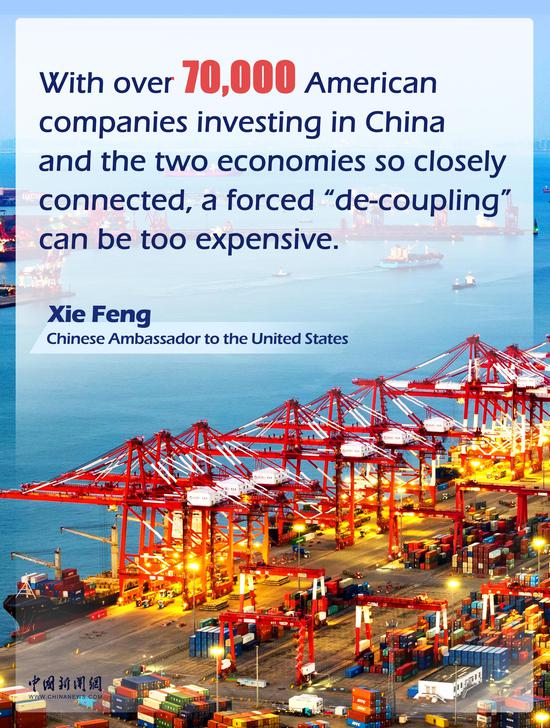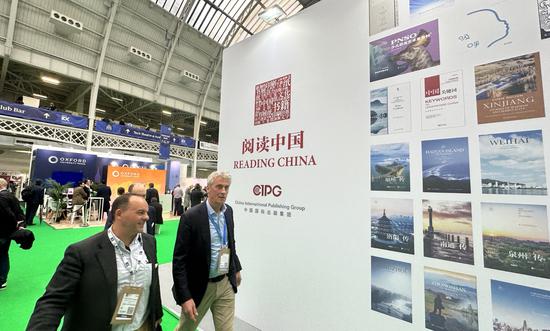Smooth sailing ahead
Many industry organizations and experts have expressed their confidence in the long-term prospects of the cruise ship sector and believe China can take center stage in the expected boom.
Shipping research institution Clarksons projected in a report on the global cruise market that the sector will rebound from 31 million passenger trips in 2023 to in excess of 40 million by 2028. "In our passenger forecast, the development of China's cruise consumer market will be particularly important," the report noted.
With the resumption of international cruises — operated by both Chinese and multinational companies — the Chinese cruise sentiment index is expected to see a rapid pickup and may go beyond expectations, according to the 2023 China and Asia Cruise Economic Sentiment Index, jointly published by the Shanghai International Cruise Business Institute and the Shanghai University of Engineering Science.
Qiu, from the Shanghai International Cruise Business Institute, said the combination of players in China's cruise market will unleash demand and consumption, diversify premium products, greatly improve industry standards, and aid the formation of a comprehensive policy to help the industry become healthier and more international.
Chen from Adora Cruises said: "We believe that China remains one of the world's most promising sources of cruise passengers. Along with the further development of China's economy and the ever-growing number of Chinese cruise ship customers, there is strong market potential and demand," he said, adding the company believes China's tourism market will grow further.
In terms of policy support, both the central and local governments have recently introduced various measures to promote the high-quality development of the sector.
Liu of the Royal Caribbean Group said the sailing of Spectrum of the Seas in April will represent the return of international standard cruise vacations, and also signal the arrival of the next golden decade in the industry's development.
"The Chinese government has clearly articulated its development goals, aiming to achieve a market size of 14 million cruise guests per year by 2035. With such strong government backing and a growing appetite for cruise travel among Chinese consumers, we anticipate the market will regain its strength," Liu said.
With Shanghai's strengths in cruise ship infrastructure and facilities and its attractiveness to major global cruise lines, it will only be a matter of time before the city returns to its peak, Qiu said.
The overall cruise ship capacity of Shanghai is approaching the 2019 level, but further efforts are needed to improve customer convenience and provide policy support for the market to reach 3 million passenger trips per year.
"Being the birthplace of the nation's first homegrown large cruise ship, Shanghai has the potential and capability to develop itself into the centerpiece of a new global cruise industrial chain," Zheng, from the CCYIA, said.
Major cruise liner shipyards in Europe have already formed several exclusive supply chains after decades of development.
China's industrial chain is still in its infancy, however, different from its European counterparts, the Chinese industrial chain will be inclusive and open to global suppliers, he said.
"It will be a long journey to accomplish such an ambitious goal, and I expect it will take at least a decade to see that come true," Zheng said.


















































 京公网安备 11010202009201号
京公网安备 11010202009201号